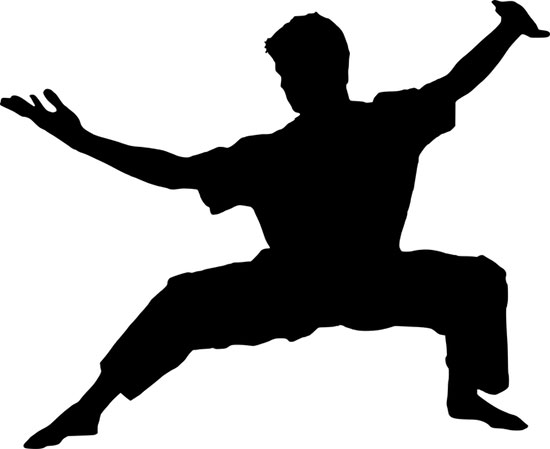In judo, the belt level is fundamental as it ranks the practitioners’ skills. The belt color system is used to indicate the rank or skill level of the practitioner.
The red and white belt is a unique belt worn by judo practitioners who have reached the rank of 6th dan or higher.
The 6th dan and higher ranks are considered “master ranks.” They are reserved for judoka, who have made significant contributions to the art and have achieved a high level of skill and expertise.
Contents
What does the belt with a red and white color mean?
The red and white belt is a unique color combination worn by practitioners who have achieved this rank. It is a symbol of the practitioner’s dedication and commitment to Judo. It is a demonstration of their skill and expertise.
The belt with red and white colors is a unique belt won by judo practitioners who have reached the 6th dan or higher ranks.
The 6th dan and higher ranks are known as the “master ranks”. They are reserved for the judoka who have made influential contributions to the art and achieved a high level of skills and expertise.
The belt is won by practitioners who have completed the rank as a symbol of dedication and commitment to Judo and their demonstration of skills and expertise.
The red and white belt is worn with a traditional uniform (judo gi), especially during competition and training. It is an important symbol in judogi and is respected by all ranks of practitioners.
How can a student achieve the belt?
To achieve the red and white belt in Judo, a student must first progress through the lower ranks, starting with a white belt and eventually working their way up to the black belt.
Judo’s 6th and higher ranks are considered “master ranks.”
To reach the rank of 6th dan and be eligible to wear the red and white belt, a student typically needs to have many years of dedicated training and experience, as well as a deep understanding of the techniques and principles of Judo.
In addition to technical proficiency, achieving the rank of 6th dan also requires a commitment to the principles of Judo, such as respect, discipline, and self-improvement.
A student will need to pass rigorous tests and evaluations, including physical and technical skills tests, written exams, and oral presentations.
These tests may be administered by a panel of judo experts or by the student’s sensei (instructor).
The process for achieving the red and white belt can vary depending on the school or organization but generally requires a significant amount of time and effort on the part of the student.
How long does it take to get the red/white belt?
It is not easy to accurately estimate how long it will take to achieve the red and white belt in judo, as it depends on several factors, such as the student’s dedication and commitment to training, their natural aptitude for the art, and the specific requirements of the school or organization they are training with.
Generally, it can take many years of dedicated training to reach the rank of 6th dan and be eligible to wear the red and white belt.
The lower levels, from white to black belts, typically require a minimum number of training hours and can be achieved in a few years with consistent training.
However, the higher ranks, including the red and white belts, require a much deeper understanding of the techniques and principles of Judo and often involve more rigorous testing and evaluation.
In addition to technical proficiency, achieving the rank of 6th dan also requires a commitment to the principles of Judo, such as respect, discipline, and self-improvement.
These principles are learned during training and developed and demonstrated through the student’s actions and behavior outside of training.
In summary, the journey to achieving the red and white belt in Judo is a long and challenging one that requires dedication, hard work, and a commitment to personal growth and improvement.
Take away
The red and white belt in judo is a unique belt worn by practitioners who have achieved the rank of 6th dan or higher.
Judo’s 6th and higher ranks are considered “master ranks.” They are reserved for practitioners who have made significant contributions to the art and have achieved a high level of skill and expertise.
The red and white belt symbolizes the practitioner’s dedication and commitment to judo. It is a testament to their craft and knowledge.
Achieving the red and white belt requires many years of dedicated training and a deep understanding of the techniques and principles of Judo.
It also requires a commitment to the principles of Judo, such as respect, discipline, and self-improvement.
The journey to achieving the red and white belt is a long and challenging one that requires dedication, hard work, and a commitment to personal growth and improvement.
However, for those willing to put in the time and effort, achieving this prestigious rank is well worth the reward.





